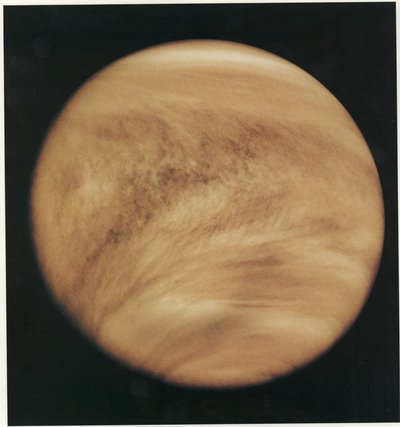 Venus is the planet that most resembles Earth. Like the Earth, it is a terrestrial planet, which means that it is composed mainly of rocks. The size and the mass of Venus are also close to that of the Earth’s. For these reasons, it is often called Earth’s sister planet or Earth’s twin. However, one of the most baffling differences between the two planets is that Venus does not have a natural satellite or moon.
Venus is the planet that most resembles Earth. Like the Earth, it is a terrestrial planet, which means that it is composed mainly of rocks. The size and the mass of Venus are also close to that of the Earth’s. For these reasons, it is often called Earth’s sister planet or Earth’s twin. However, one of the most baffling differences between the two planets is that Venus does not have a natural satellite or moon.
According to a theory, the Earth’s moon was caused when an object with a mass similar to that of Mars impacted the Earth many years ago. This caused a fragment of the Earth to hurl into orbit and with the debris from the large impacting object, eventually formed the moon. It follows that Venus should have a moon because of its similarity to Earth.
There are several theories that might explain the non-existence of Venus’s natural satellite:
- One theory suggests that Venus experienced an impact similar to Earth. However, the gravity of Venus was not able to hold on to the fragmented piece that drifted into space. A similar theory suggests that Venus did have a moon once but it escaped the gravity pull of the planet.
- Since Venus is close to the Sun, it is possible that the gravity of the Sun affected its satellite, causing it to escape Venus’s influence.
- David Stevenson, a CalTech professor, and Alex Alemi, a CalTech student, proposed that an object collided with Venus many years ago, which created a moon. However, another impact event caused the change in Venus’s rotation that also explains the inverse rotation of the planet. Due to the slow and inverted rotation of the planet, it caused a moon linked to Venus, it started moving towards the planet. This then resulted to Venus reabsorbing its natural satellite.
